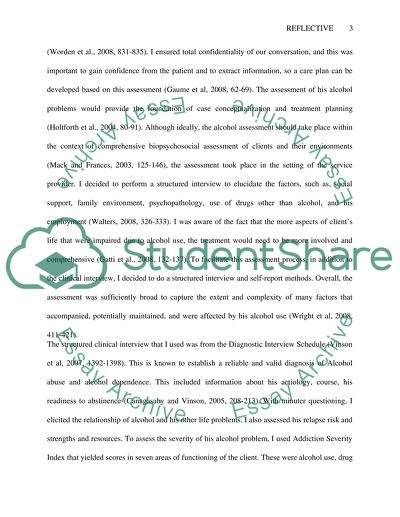Cite this document
(“Assessment of an adult with high alcohol consumption Assignment”, n.d.)
Assessment of an adult with high alcohol consumption Assignment. Retrieved from https://studentshare.org/health-sciences-medicine/1519495-reflective-commentary-on-a-placement-portfolio
Assessment of an adult with high alcohol consumption Assignment. Retrieved from https://studentshare.org/health-sciences-medicine/1519495-reflective-commentary-on-a-placement-portfolio
(Assessment of an Adult With High Alcohol Consumption Assignment)
Assessment of an Adult With High Alcohol Consumption Assignment. https://studentshare.org/health-sciences-medicine/1519495-reflective-commentary-on-a-placement-portfolio.
Assessment of an Adult With High Alcohol Consumption Assignment. https://studentshare.org/health-sciences-medicine/1519495-reflective-commentary-on-a-placement-portfolio.
“Assessment of an Adult With High Alcohol Consumption Assignment”, n.d. https://studentshare.org/health-sciences-medicine/1519495-reflective-commentary-on-a-placement-portfolio.


